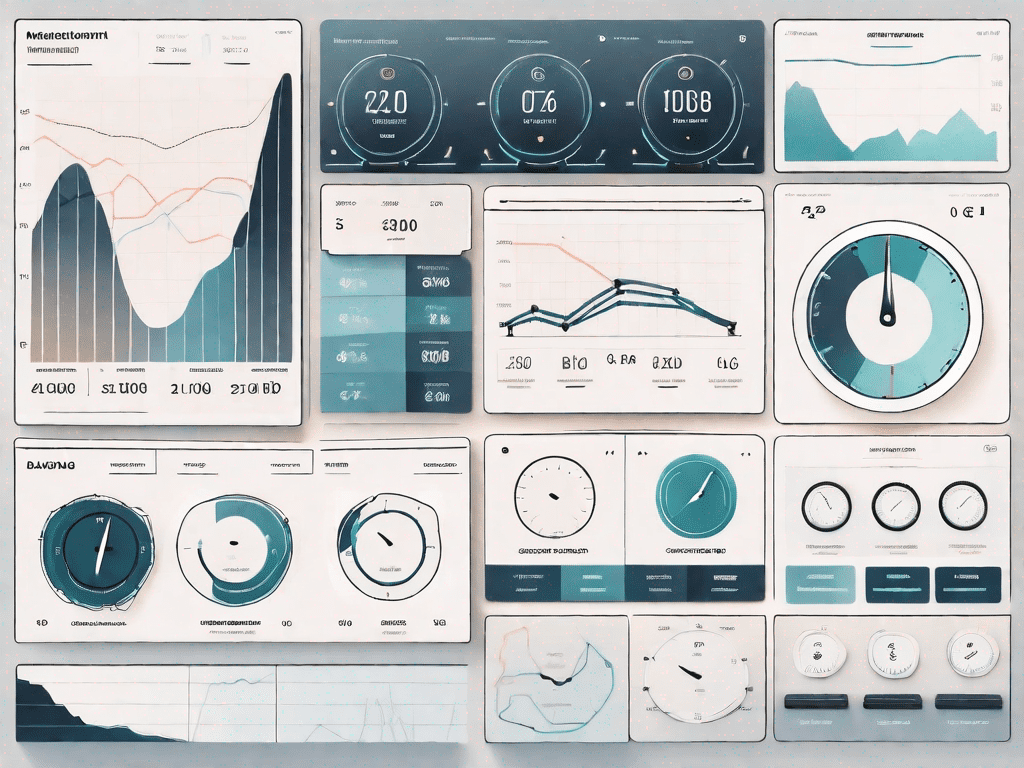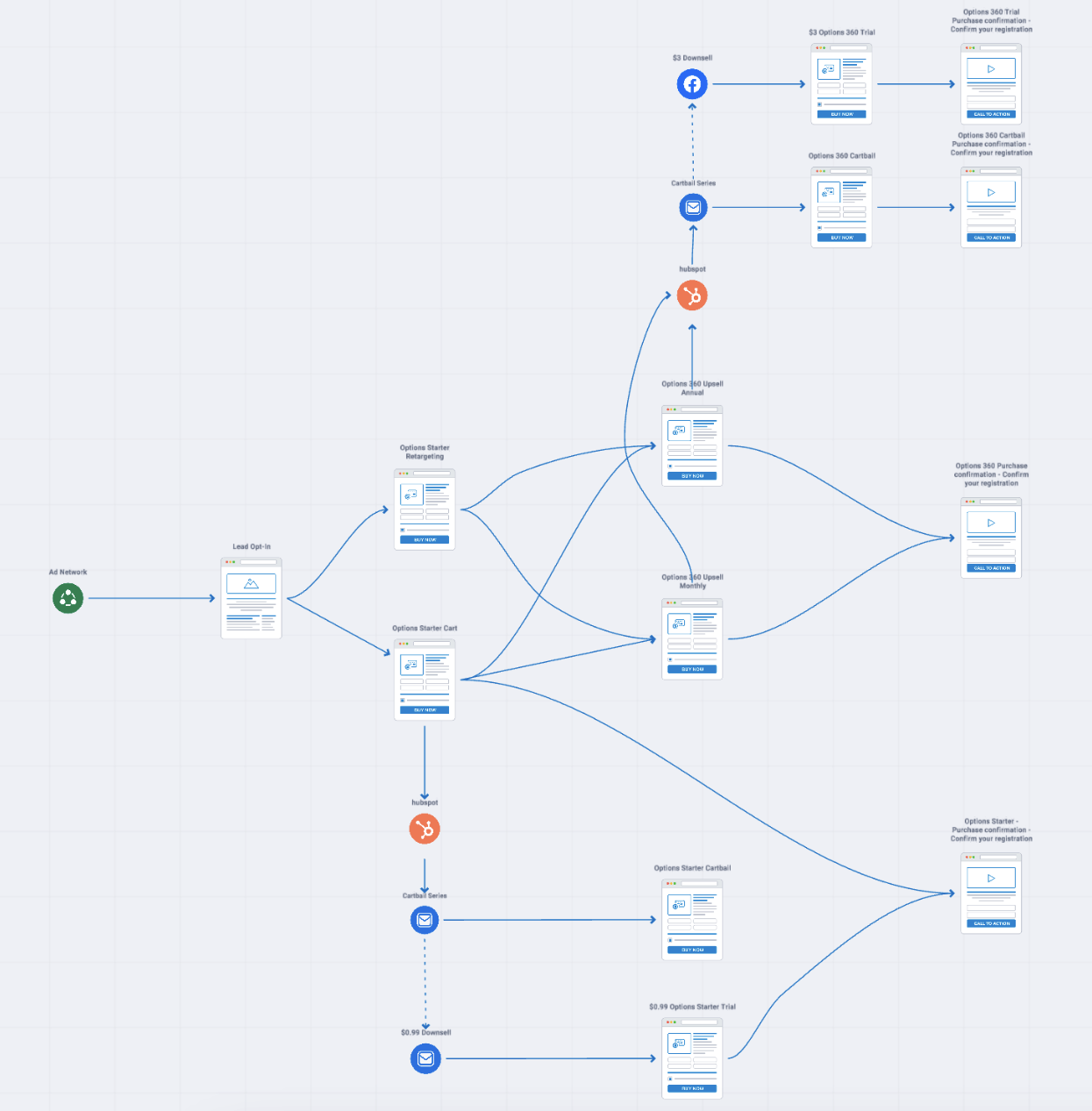In our digital-focused world, having a visually stunning website is no longer enough to attract and retain users. With millions of websites competing for attention, businesses must go beyond aesthetics and focus on delivering an exceptional user experience (UX).
Understanding the Importance of User Experience (UX)
Before diving into the science behind UX design, it’s crucial to understand what user experience actually means. UX encompasses everything that a user encounters while interacting with a website, including its usability, accessibility, and overall satisfaction. A seamless and intuitive experience can significantly impact user engagement, conversion rates, and ultimately, business success.
But what exactly makes up a great user experience? It’s not just about having a visually appealing website or a smooth navigation system. User experience goes beyond the surface level and delves into the psychology of how users perceive and interact with a website.
Imagine visiting a website where the layout is cluttered, the text is difficult to read, and the buttons are unresponsive. Frustration sets in, and you quickly abandon the site in search of a better alternative. This is a prime example of a poor user experience, one that leaves a negative impression and drives potential customers away.
Defining User Experience
At its core, user experience is all about creating a website that meets the needs and expectations of its target audience. It involves optimizing the design, functionality, and content to ensure users can easily navigate, find information, and accomplish their goals without any obstacles. By putting the user’s needs at the forefront, businesses can build trust and loyalty, leading to higher conversion rates and customer satisfaction.
One aspect of user experience that often gets overlooked is accessibility. A website that is accessible to all users, regardless of their abilities or disabilities, is a fundamental requirement for a positive user experience. This means considering factors such as color contrast for visually impaired users, providing alternative text for images for those who use screen readers, and ensuring that the site is keyboard navigable for individuals who cannot use a mouse.
Another important consideration in user experience design is the concept of information scent. Users should be able to easily follow the trail of information they are seeking, with clear and concise headings, well-organized content, and intuitive navigation menus. When users can quickly find what they are looking for, they are more likely to stay engaged and satisfied with their experience.
The Role of UX in Business Success
Studies have shown that businesses that prioritize UX outperform their competitors by a significant margin. Whether it’s an e-commerce store, a news website, or a corporate platform, a positive user experience enhances brand perception, boosts customer retention, and increases conversion rates. With the right UX strategy, businesses can create an enjoyable and memorable experience that sets them apart from the competition.
One way that user experience directly impacts business success is through conversion rates. When users have a positive experience on a website, they are more likely to take the desired actions, such as making a purchase, signing up for a newsletter, or filling out a contact form. By optimizing the user experience and removing any barriers to conversion, businesses can increase their chances of turning visitors into customers.
Furthermore, a great user experience can lead to increased customer loyalty and word-of-mouth referrals. When users have a positive experience with a website, they are more likely to return in the future and recommend the site to others. This can result in a steady stream of repeat customers and new leads, ultimately driving business growth.
In conclusion, user experience plays a crucial role in the success of a website and a business as a whole. By understanding the importance of UX and implementing effective strategies, businesses can create a positive and engaging experience for their users, leading to increased conversions, customer satisfaction, and long-term success.
The Psychology Behind User Experience
Effective UX design transcends mere aesthetics. It employs theories and principles from both cognitive and emotional psychology to impact user behavior and decision-making. By delving into how users think and feel, designers can craft websites that resonate with their target audience on an emotional and psychological level.
Cognitive Psychology and UX
Cognitive psychology deals with the intricate ways the human mind processes information, arrives at decisions, and tackles problems. When applied to UX design, this means minimizing the mental effort or ‘cognitive load’ that users must expend.
- Hierarchy and Scannability: Use typographic and color hierarchies to make content scannable.
- Chunking Information: Break down information into smaller, digestible parts to facilitate easier understanding.
Emotional Factors in UX Design
Emotions aren’t just a side note; they are integral to user perceptions, attitudes, and actions. Designers can leverage emotional design principles to evoke feelings such as joy, trust, or even excitement.
- Micro-interactions: Use animations or feedback loops to acknowledge user actions positively.
- Color Psychology: Utilize colors that align with the emotions you want to elicit.
Key Elements of Effective UX Design
Usability and Accessibility
Usability is a cornerstone for any successful UX design, ensuring users can efficiently complete tasks. Accessibility complements this by ensuring that the user interface is inclusive for people with disabilities.
- Button Sizes and Spacing: Make buttons large enough to click and space them sufficiently apart.
- Keyboard Navigation: Ensure all website features can be accessed using a keyboard for those who can’t use a mouse.
Information Architecture
Information architecture is the roadmap of your website. A well-designed structure allows users to navigate effortlessly, finding the information they seek without frustration.
- Clear Labels: Make menu items and categories self-explanatory.
- Search Functionality: Implement an effective search bar with autocomplete features.
Interaction Design
Interaction design is more than just buttons; it’s how the user communicates with the website. Intuitive forms, engaging dialogues, and guiding tooltips are all part of creating a compelling interaction design.
- Feedback Mechanisms: Use tooltips or notifications to confirm user actions like form submissions.
- Consistency: Maintain a consistent layout and visual cues across different web pages to meet user expectations.
Practical Steps to Improve Your Website’s UX
Conducting User Research
User research, involving methods like surveys, interviews, and usability tests, acts as your compass, guiding you toward a UX design that resonates with your audience.
- Questionnaires: Use tools like Google Forms or SurveyMonkey to create questionnaires that target specific aspects of user behavior.
- User Testing: Perform remote or in-person usability tests to see how users interact with your website.
Implementing UX Best Practices
- Page Load Speed: Optimize images and leverage browser caching to improve loading times.
- Mobile Responsiveness: Use a mobile-first design approach to ensure that the UX is consistent across all devices.
Testing and Iterating Your Design
Never assume your design is perfect; always test and be prepared to iterate.
- A/B Testing: Use A/B tests to compare different versions of a web page and determine which performs better in terms of user engagement and conversions.
- Heat Maps: Employ tools like Hotjar or Crazy Egg to visually represent where users are clicking, touching, or hovering on your site.
Effective UX design is a fine blend of art and science. By giving precedence to aspects like usability, accessibility, emotional connection, and effective interaction design, businesses can not only captivate but also convert their online visitors. Through constant iteration and feedback, a website can continue to evolve, always striving for a more optimal user experience that results in successful conversions and customer loyalty.
Ready to Elevate Your Website’s User Experience?
We hope this comprehensive guide has enlightened you on the myriad facets of effective UX design. But understanding is just the first step; implementation is the key to unlocking a world-class user experience that not only delights your audience but also drives conversions.
That’s where we come in.
At Strikepoint, we specialize in crafting bespoke, user-focused web designs that are not only visually stunning but also psychologically engaging. Let us help you turn your website into your most effective business tool.
Schedule your FREE Website Design Consultation with us today!
Don’t leave your website’s potential untapped. Click the link above and take the first step toward a website that converts, engages, and outperforms your competitors.



